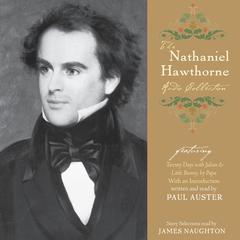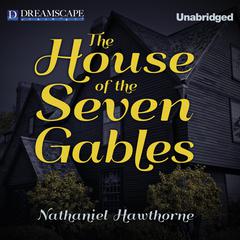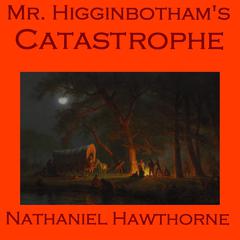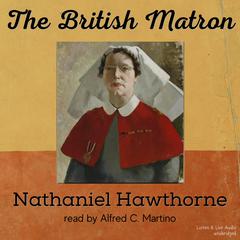 Play Audiobook Sample
Play Audiobook Sample
The House of the Seven Gables Audiobook
 Play Audiobook Sample
Play Audiobook Sample
Quick Stats About this Audiobook
Total Audiobook Chapters:
Longest Chapter Length:
Shortest Chapter Length:
Average Chapter Length:
Audiobooks by this Author:
Publisher Description
The House of the Seven Gables, a fixture in Hawthorne's Salem, serves as the ancestral home of the fictional Pyncheon family-whose distinguished legacy is tainted by pious thievery. When country cousin Phoebe arrives at the house, she is like a cool breeze, refreshing a room that has been sealed for too long. The resulting mixture of dark and light imagery, illustrated by Hawthorne's rich prose, makes this romance an important American classic.
Download and start listening now!
"Another great story by Hawthorne, full of Gothic elements and all types of social commentary. The only reason this one isn't getting a 5 star rating is that the ending was weak and appeared to negate the overall societal themes of the novel. "
— Danielle (4 out of 5 stars)
The House of the Seven Gables Listener Reviews
-
" Solid 3 1/2 - 4 stars.<br/>Loads of description and not as haunting as I would have liked, but still really good.<br/>Extremely, extremely well written though a bit heavy handed.<br/>I feel smarter after reading it :) "
— Emily, 5/11/2011 -
" Almost done with this - so good, and either I've forgotten or I've never read it before. "
— Elizabeth, 3/31/2011 -
" I should read this again, its been since high school and next week we are touring the house near Boston. In HS I thought it was boring, but I was pretty young at the time, maybe it aged better or maybe I did. "
— Lisa, 3/19/2011 -
" A classic, I am told. I read it in HS and reread because we went to the house on vacation last year. <br/>Rereading did not make it any more interesting that I remember from years. ago. "
— Diane, 3/18/2011
About Nathaniel Hawthorne
Nathaniel Hawthorne (1804–1864) is considered to be one of the greatest American authors of the nineteenth century. He was born in Salem, Massachusetts, and made his ambition to be a writer while still a teenager. He graduated from Bowdoin College in Maine, where the poet Longfellow was also a student, and spent several years traveling in New England and writing short stories before his best known novel, The Scarlet Letter, was published in 1850. His writing was not at first financially rewarding, and he worked as measurer and surveyor in the Boston and Salem Custom Houses. In 1853 he was sent to Liverpool as American consul and then lived in Italy before returning to the United States in 1860.






























